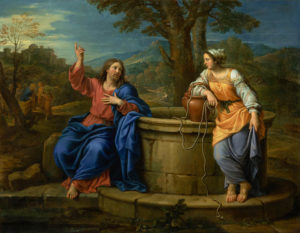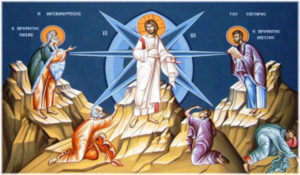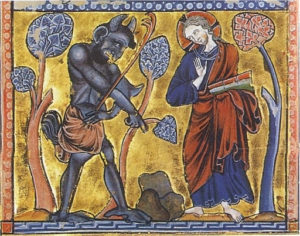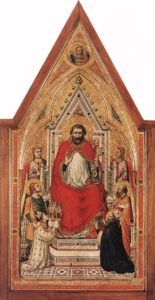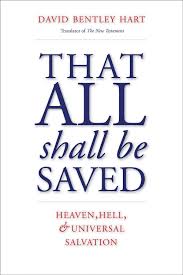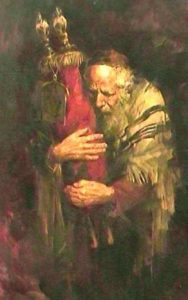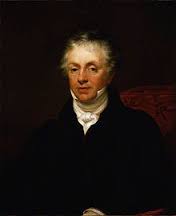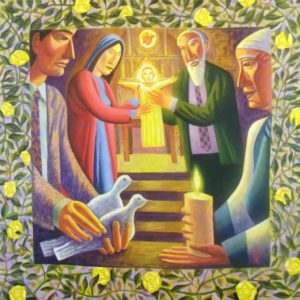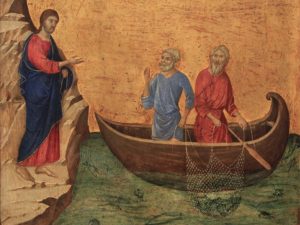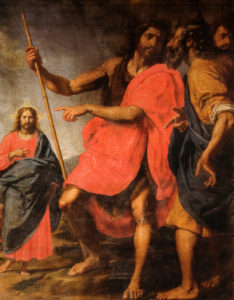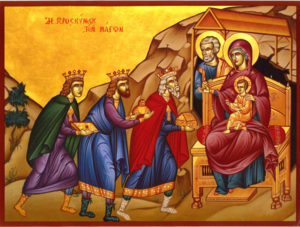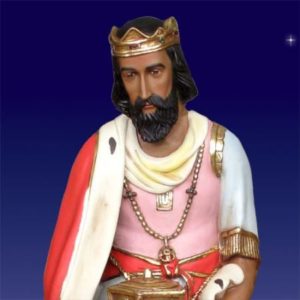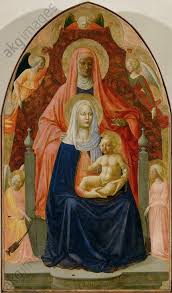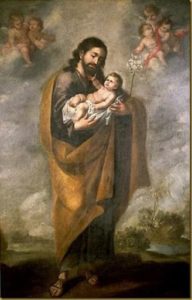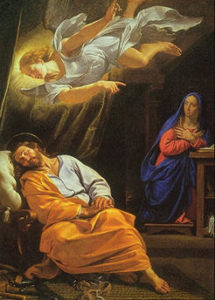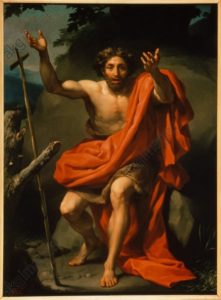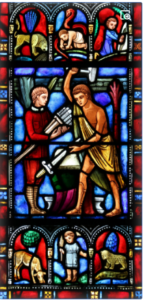Jesus and the Woman of Samaria, Pierre Mignard, 1681
Mount Calvary Church
Eutaw Street and Madison Avenue
Baltimore, Maryland
A Roman Catholic Parish of
The Personal Ordinariate of St. Peter
Anglican Use
Rev. Albert Scharbach, Pastor
Dr. Allen Buskirk, Choirmaster
Midori Ataka, Organist
Sunday, March 15, 2020
Lent III
8:00 AM Said Mass
10:00 AM Sung Mass
For those who cannot attend in-person, we are broadcasting the Mass audio and video online. Here is the link, which will be live at 10am and available for later viewing: https://www.youtube.com/watch?v=NOU4nl7mcrU
Brunch has been cancelled until further notice
_______________
Common
Missa de angelis
__________________
The Great Litany
The Great Litany was the first service written in English. It was composed by Thomas Cranmer in 1544 from older litanies: the Sarum rite litany, a Latin litany composed by Martin Luther, and the Divine Liturgy of St. John Chrysostom. The word litany comes from the Latin litania, from the Greek litê, meaning “prayer” or “supplication.” Litanies are penitential exercises. They are the urgent supplications of the people of God suffering under or dreading divine judgements and asking to be spared or delivered from calamities which at the same time they confess that they deserve. After invoking the Trinity, we ask to be delivered from the evils that come upon us because of sin: heresy, schism, natural disasters, political disasters, war, violence, murder, and sudden death. As Baltimore experiences endless homicides and the world is threatened with a pandemic, let us pray this with especial fervor, knowing that God hears the prayers of those who humble themselves before Him.
__________________
Anthems
When David heard, Thomas Tomkins (1572-1656)
When David heard that Absalom was slain, he went up into his chamber over the gate and wept, and thus he said: O my son, my son, O Absalom my son, would God I had died for thee!
Probably composed as a lament for Henry, the young Prince of Wales who died in 1612, Thomas Tomkins’ When David heard was later published by the composer in a set of madrigals, though it was still sung in religious services. Composed in two sections, the anthem’s power lies in its unexpected shift from third-person description to a first-person outpouring of grief—suddenly and shockingly intimate.
The first section describes King David overcome with grief at the loss of his son, Absalom. Tomkins repeats key words with their musical figures to great effect, focusing on short-term interplay between the parts rather than extended polyphonic lines. The second, longer section puts words directly into the anguished father’s mouth. The music gradually becomes more charged: the tessitura rises, the vocal texture thickens and the music convulses with funereal rhythms and heartbreaking chromatic melodies. As the work begins to subside, there are two beautiful arrival points—the first on the dominant, and the last on the major tonic, perhaps indicating the possibility of cathartic release on the other side of pain.
_________
Lord, how long, Henry Purcell (1659-1695)
Lord, how long wilt Thou be angry, shall Thy jealousy burn like fire forever? O, remember not our old sins, but have mercy upon us, and that soon, for we are come to great misery. Help us, O God of our Salvation, for the glory of Thy Name. O deliver us, and be merciful unto our sins, for Thy Name’s sake. So we that are Thy people and the sheep of Thy pasture shall give Thee thanks forever, and will alway be shewing forth Thy praise from one generation to another.
This anthem is a marvellous synthesis of both old and new compositional styles. The reflective, five-part opening choral section is imitative, showing the influence on Purcell’s music of composers such as Byrd and Gibbons, whose work he admired and studied. Over this form Purcell imprints his own angularly chromatic harmonic language, which builds towards the anguished ‘Shall thy jealousy burn like fire for ever’. The three-part verse ‘O remember not our old sins’ is reflective, falling in tessitura to ‘great misery’. The homophonic chorus entry ‘Help us, O God’ is declamatory and ‘for the glory of thy name’ impressively builds its close entries before the opening imitative style returns for ‘O deliver us’, still coloured by chromatic lines which rise through ‘and be merciful unto our sins’. The anthem closes with a joyful triple-time section.
________________
Hymns
#781 Lord Jesus, think on me (SOUTHWELL) is a translation by the Anglican clergyman Allen William Chatfield (1808-1896) of the Greek hymn, Μνώεο Χριστέ by Synesius of Cyrene (375-430). Synesius was the Bishop of Ptolomais, one of the ancient capitals of Cyrenaica that is today part of modern-day Libya. SOUTHWELL was composed by William Daman and appeared in Denham’s Psalter in 1579.
Take up thy cross (BRESLAU) was composed by the American Episcopal clergyman Charles William Everest (1814—1877) when he was still a teenager. It is based upon the Scripture: “Then Jesus told his disciples, “If any man would come after me, let him deny himself and take up his cross and follow me.’” We must die to self to be reborn in Jesus. If we accept the sufferings of this life in union with His sufferings, we, like Him, will rise from the dead to a new life. The cross is not only painful, but shameful, in the eyes of this world, which thinks it folly to deny oneself the pleasures of life in order to follow the perfect Law of the Lord. We train ourselves in small ways so that we can bear the greater crosses. We spend Sunday morning in church rather than in bed, so that we can patiently endure the death of a loved one. But we do not bear these crosses in our own power, but He in us bears them. The tune BRESLAU appeared in Lochamer Gesangbuch, c. 1450.
